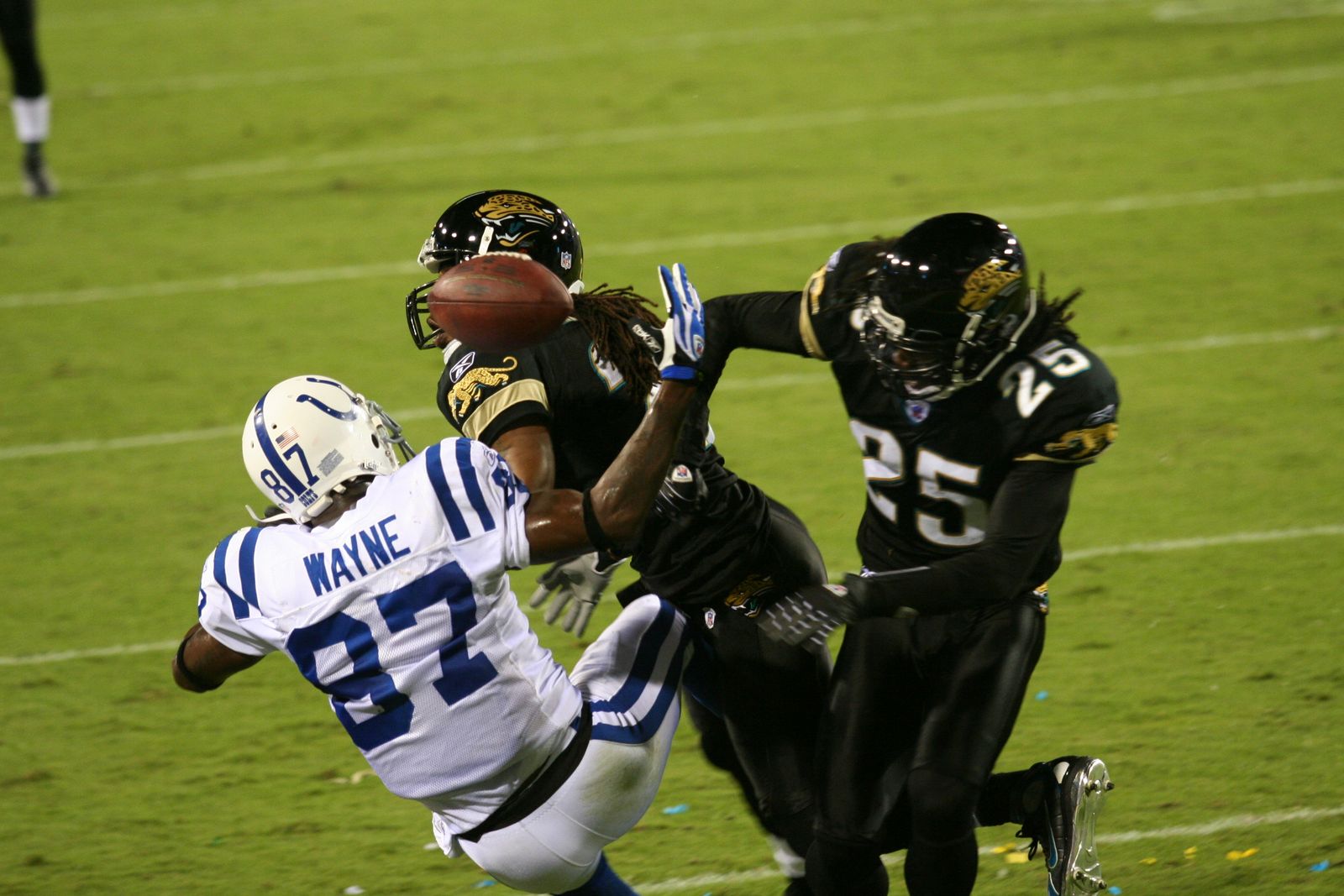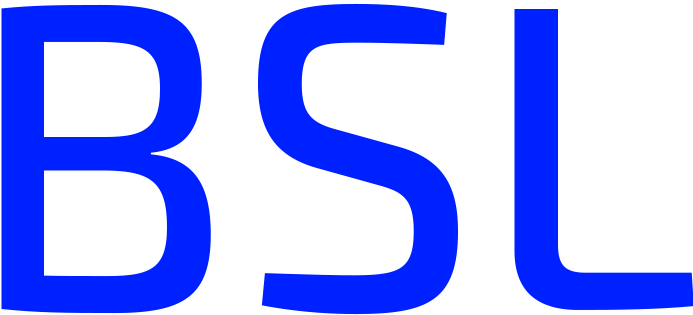By Lucy Coleman September 30, 2022
Once upon a time, head injuries simply used to be all in a day’s work for football players.
Concussions weren’t a common topic in the NFL.
Players who smacked their heads violently on the field were sent back into the game almost immediately.
Today in the NFL, violent falls and hits are taken far more seriously.
Players who are hit hard or suspected to have any head injury are taken off the field and evaluated immediately by medical professionals for a concussion
This is due to research over the years that has shown that head injuries could cause severe neurological problems which could affect the player long-term.
A recent study linked football to some of the most dangerous head injuries.
In 2014, Boston University said it found evidence of brain damage in 76 of 79 brains of deceased former NFL players.
Studies have continued to find high rates of a type of brain damage called chronic traumatic encephalopathy (CTE) in players.
This type of brain injury is caused by repeated trauma to the brain and this leads to the rapid destruction of brain cells.
People who suffer from CTE often exhibit mood and behavioral issues such as violence, depression, paranoia, and problems controlling impulses.
CTE may be the reason for many NFL players suffering mid and post-career.
Take the case of San Diego Chargers’ linebacker Junior Seau who committed suicide.
Junior Seau had endured years of erratic behavior and had slid into several episodes of depression after enduring severe brain trauma while playing on the field.
Through the pain, Seau had simply played through it.
After his demise, his brain was studied, and was eventually diagnosed with CTE.
The cause? Repetitive blows to the head from full-contact football.
Incidences like this have made the NFL Concussion Protocol very essential.
What Is The NFL Concussion Protocol All About?
The NFL Concussion Protocol is a series of steps players have to take to return to play after suffering a concussion.
The NFL Head, Neck and Spine Committee, which is a board of NFL-affiliated physicians and scientists,—created the NFL Game Day Concussion Diagnosis and Management Protocol in 2011.
The Concussion Protocol is reviewed every year to ensure players are receiving medical care that reflects the most recent medical consensus on the identification, diagnosis, and medical treatment of concussions.
As more research continued on the study of concussions and CTE, the NFL increased its investment in research and announced rule changes and regularly updated measures.
Independent neurologists were also added to the sidelines for all NFL teams.
In 2018, the concussion protocol was expanded to include a third unaffiliated neurotrauma consultant to monitor game broadcasts and alert on-field consultants to possibilities of injuries to the head, neck, or spine.
The protocol clearly stated that if players suffer an impact seizure or show the fencing response, they are considered “no-gos,” which means these players are not allowed to return to the game.
In addition, if a player were to stumble or violently fall to the ground, that player has to be evaluated immediately to determine what caused the fall.
If anyone during the game is evaluated for a concussion, they must undergo a second evaluation the very next day.
HOW DOES IT WORK?
If a player shows signs of suffering a concussion, the protocol will be initiated by the person who spotted them.
The player is taken to the sidelines and thoroughly examined for a concussion.
The symptoms they will be evaluated for include
- Impact seizure
- Amnesia
- Disorientation
- Motor instability
- Dizzy spells
- Previous history of concussions
After Miami Dolphins quarterback Tua Tagovailoa was diagnosed with ataxia, abnormality of balance, loss of motor coordination, or dysfunctional speech caused by a neurological issue, was added to the list of symptoms to watch for.
If any of these symptoms are identified, the player is strictly prohibited from entering the field and sent immediately for a follow-up neurological exam and evaluation by medical specialists.
During this time, players are not permitted to play.
While head injuries among NFL players are almost impossible to avoid, there are systems now put in place to properly deal with head injuries which could cause harmful neurological effects to players.
What’s The Timeline For The NFL Concussion Protocol?
Before they can be cleared to play by the medical team, players with concussions have to go through certain steps.
It is important to note that the timeline for the NFL concussion protocol varies as each phase could take a different amount of time depending on how severe the concussion was.
Listed below are some steps players have to take to leave the concussion protocol:
Step 1: Symptom-limited activity
During this phase, players are asked not to engage in activities that could be strenuous.
They are required to get adequate rest during this period and limit anything that could further fuel their symptoms.
As time passes, players will be allowed to do limited stretching and light aerobic exercises, but under the close supervision of team training staff.
Step 2: Aerobic exercise
Players can now perform workouts such as cardio exercises along with stretching, hiking, swimming, biking and training, with team medical staff closely supervising.
After this phase, players can start working on balance testing.
Step 3: Football-specific exercise
In the third stage, players can now indulge in football-specific exercises and start working with the team for as much as 30 minutes under close supervision.
At this point, players can also increase their cardio workloads.
Step 4: Non-contact training drills based on clubs
When players reach this fourth stage, they are able to start activities such as catching, throwing and running.
They can also engage in activities more specific to their position on the field.
They also can continue to ramp up their exercise and training drills.
By the end of this phase, players have to have undergone balance and neurocognitive testing to measure brain function.
Step 5: Full football activity and clearance
After going through the four phases carefully and successfully , the player has to be cleared by both the independent neurological consultant and the club physician.
After he is cleared, he can now return to full activity on the field.



